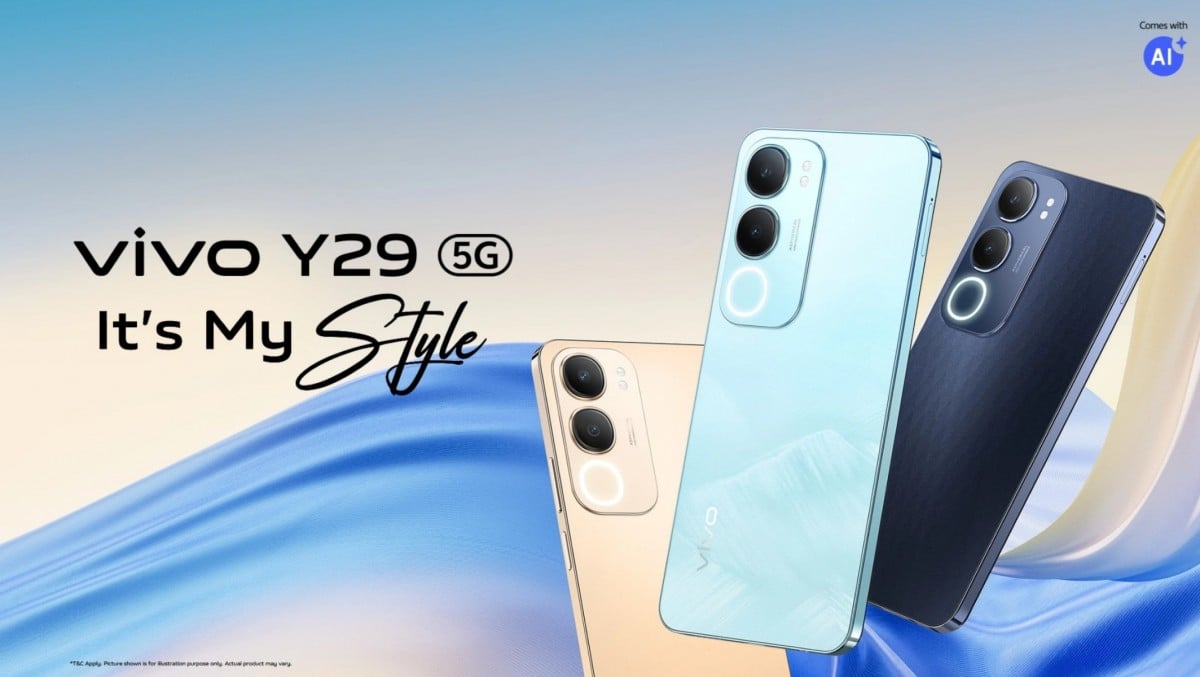Scientists from the University of Sussex (England) worked on the technology. Research papers describing the development were published in ACS Sustainable Chemistry & Engineering.
How does it work
The devices turned out to be completely biodegradable. Them Composed of graphene, rock salt, water and seaweed. This composition places them in the emerging scientific field of edible electronics. Such electronic devices are safe for humans in every sense. The researchers also claim that the new sensors are superior to existing sensors in terms of sensitivity.
After watching MasterChef during quarantine, I decided to use seaweed in the lab. It is a springy structure that vegetarians prefer as an alternative to gelatin. I was wondering: what would happen if we used it in sensor technology?
says materials physics teacher Dr. Conor Boland.
Seaweed is an insulator that does not conduct electricity. But by adding the required amount of graphene to them, you can get an electrically conductive film. When immersed in a salt bath, the film rapidly absorbs water, forming a soft, spongy, electrically conductive hydrogel. Thus, future wearable sensors will look like a second skin or a temporary tattoo.
In their article, the authors write: Stable hydrogels based on graphene algae turned out to be very sensitive, those that can measure an object with a mass of only 2 milligrams, equivalent to a raindrop hitting their surface. Also, they economically beneficial and ecological. The fact is that current analogues use dangerous solvents and resources that cannot be recycled.
Source: 24 Tv
I’m Sandra Torres, a passionate journalist and content creator. My specialty lies in covering the latest gadgets, trends and tech news for Div Bracket. With over 5 years of experience as a professional writer, I have built up an impressive portfolio of published works that showcase my expertise in this field.













